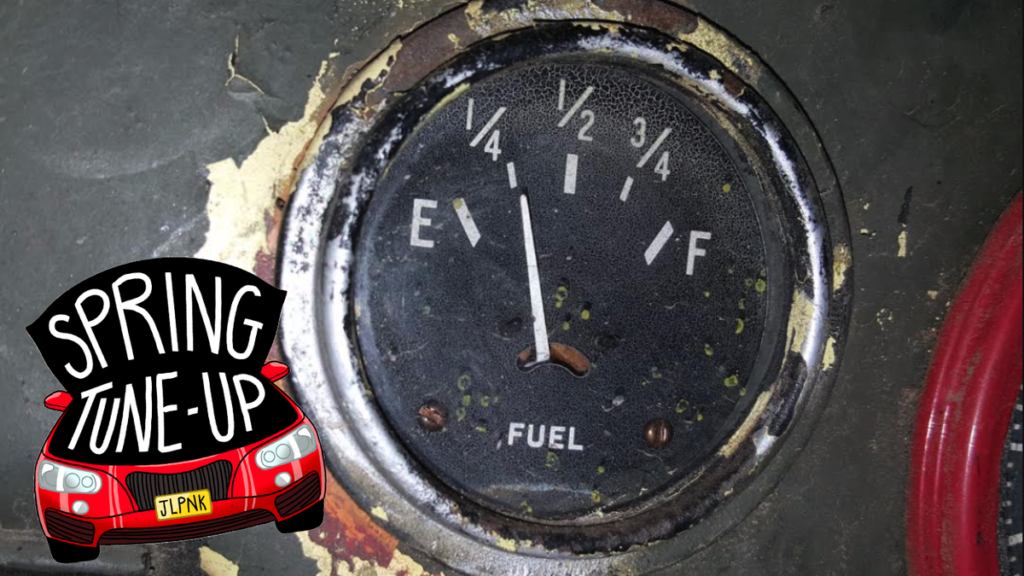Why You Should Never Run Your Car Low on Gas

It’s springtime! Time to start working on your project car, learn a new wrenching skill, learn how things work under the hood, or just spruce up your daily driver.
All month, we’ll be looking back at our best informative, maintenance and DIY articles from Jalopnik’s near 20-year history to get your ride ready for the road. Welcome to the Jalopnik Spring Tune-Up.
Sometimes it’s tempting to try to eke out as many miles as possible from a tank of gas. But you shouldn’t do it. This video showing the innards of a fuel pump will help you understand why.
(Note: We’re gonna focus on gasoline-powered vehicles here; diesels use a different type of fuel pump, but it’s still not a great idea to run a diesel down to dead-empty. And here’s how far you can go when your gas light comes on.)
In case you missed it:
Your car’s fuel pump sends gasoline from the fuel tank to the engine. It’s a crucial component in getting your car running, but it has a tendency to fail and leave you stuck on the side of the highway — especially if you like to run your gas gauge all the way down past “E”.
You can see why running a car low on gas might cause problems by looking at YouTuber speedcar99‘s tear-down of a fuel pump module:
The key parts of the fuel pump that get hurt when you run the tank down to empty are the strainer, the fuel filter, and the electric motor.
As you can see in the video above, the electric motor is actually cooled by the flow of gasoline through the pump. Fuel from the tank enters in through the strainer (or “filter sock” as he calls it in the video), gets squeezed via a round impeller-style pump (shown below), and is pushed through the electric pump motor to cool the copper windings that make the motor work.
When you run your car completely out of gasoline, that pump starts pulling in air, rather than fuel. Since air doesn’t absorb heat nearly as well as liquid gasoline, the fuel pump’s electric motor can overheat, melt its windings and ultimately croak.
On top of that, fuel acts as a lubricant for the pump, so running air through the system could cause premature wear of those tiny rotating parts.
Screenshot: Youtube / Speedcar99
In addition to overheating and prematurely wearing out the pump, running a car low on fuel can cause the fuel pump to pick up sediment that has collected at the very bottom of the fuel tank. (This is a bigger issue in older vehicles with metal gas tanks that tend to corrode with age, especially when there’s very little fuel in the tank, leaving room for moist air to eat away at the metal. My old Jeep clogged its fuel filters and ruined its pump because of this very issue.)
Sediment can clog the strainer or gunk up your fuel filter element. Once the fuel filter is clogged, the pump won’t be able to send a sufficient volume of fuel to the engine, and your car will run rough or refuse to stay running.
Replacing a fuel pump thoroughly sucks. The job often requires you to drop the fuel tank and spend lots of cash on a new replacement part. Older cars tend to have access panels in the body that help you reach the fuel pump, but if you own anything vaguely modern, this job gets costly and arduous fast.
So don’t run your car low on fuel. Keep an eye on that gauge, and try to keep the “running on fumes” to a minimum.







